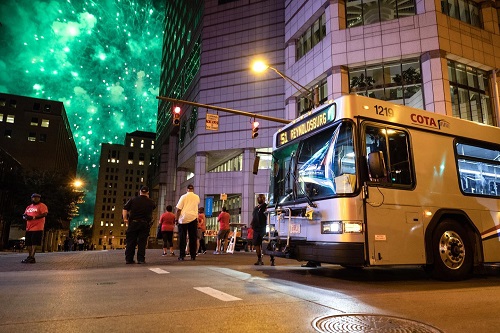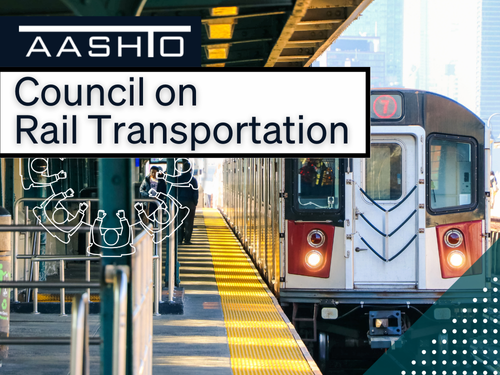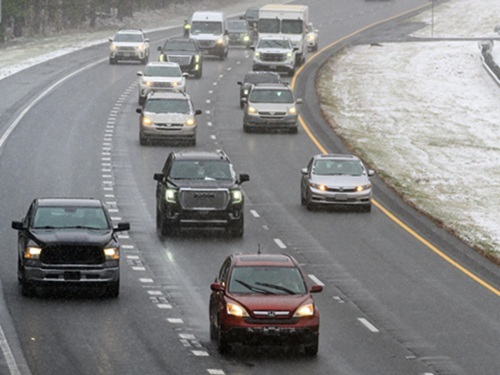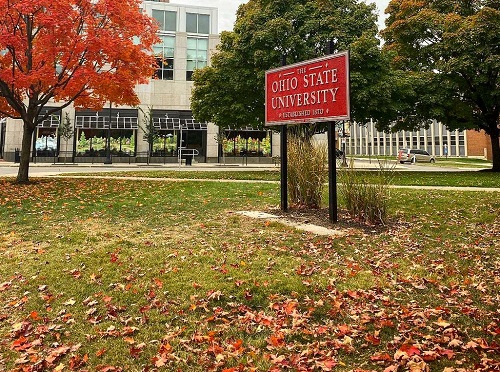Ohio State University researchers recently used “new technology” as part of as study examining how “large events,” such as major sporting contests, can disrupt public transportation in an entire city for hours before and after the occasion.
[Above photo by Ohio State]
Those researchers conducted a case study in Columbus, Ohio, during Ohio State home football games, attracting more than 100,000 fans to the university’s on-campus stadium.
The study – led by Luyu Liu while he was a PhD student at Ohio State and was published recently in the Journal of Transport Geography – found that bus service across the entire city of Columbus was “significantly less reliable” for more than seven hours on game days compared to other days; meaning that even bus riders not traveling near the university could not get to their destinations in times promised by the schedule.
“Most people in Columbus know that you don’t go near Ohio Stadium during on football Saturdays because traffic is going to be a nightmare,” noted Harvey Miller, co-author of the study and a geography professor at Ohio State, in a blog post. “But the remarkable thing to me is that, if you’re a bus rider, you didn’t have to be anywhere near the stadium to be affected by the game.”

The study’s researchers examined bus service provided by the Central Ohio Transit Authority, with the General Transit Feed Specification data the primary source for their work; a source of real-time data on bus service that transit apps use to help commuters plan their trips.
The study compared bus service on the 13 days Ohio State had home football games in 2018 and 2019 with days the Buckeyes had away games and on other days when there were no games.
Liu, now a postdoctoral researcher at the University of Florida, said transit disruptions before and after the games were different.
“The disruptions before the game lasted longer, but were not as severe, while after-game impacts have shorter duration but were more disruptive,” Liu said. That’s probably because people arrive at games over an extended period, but nearly all leave right after the game is over, Liu added.
The study found that bus service “unreliability” was 8.7 percent higher than average at the before-game peak, but 24.5 percent higher at the after-game peak.
The time between the peaks, when the football game had the most impact on transit reliability, was about seven hours. Yet this period between the peaks was just the “core of the disruption,” the researchers founds, as transit service was still affected at least somewhat before and after this seven-hour period.
While this study examined the impact of a football game on bus service, the measures developed by the researchers could be used to analyze any kind of disruption to regular traffic flow and extend well beyond just effects on public transit, Ohio State noted – meaning they could be applied to crashes on an interstate, a bridge collapse, construction delays, and any other large event, thereby allowing city transportation planners to prepare in advance.
“We now have the ability to look at what parts of a city’s transportation system are most vulnerable to disruption,” Ohio State’s Miller said. “We could see if a disruption at one particular place would most likely stay localized or whether it will spread out and have a big system-wide impact.”
 Nation
Nation
Registration Open for AASHTO’s Winter Rail Meeting
December 19, 2025 Nation
Nation

